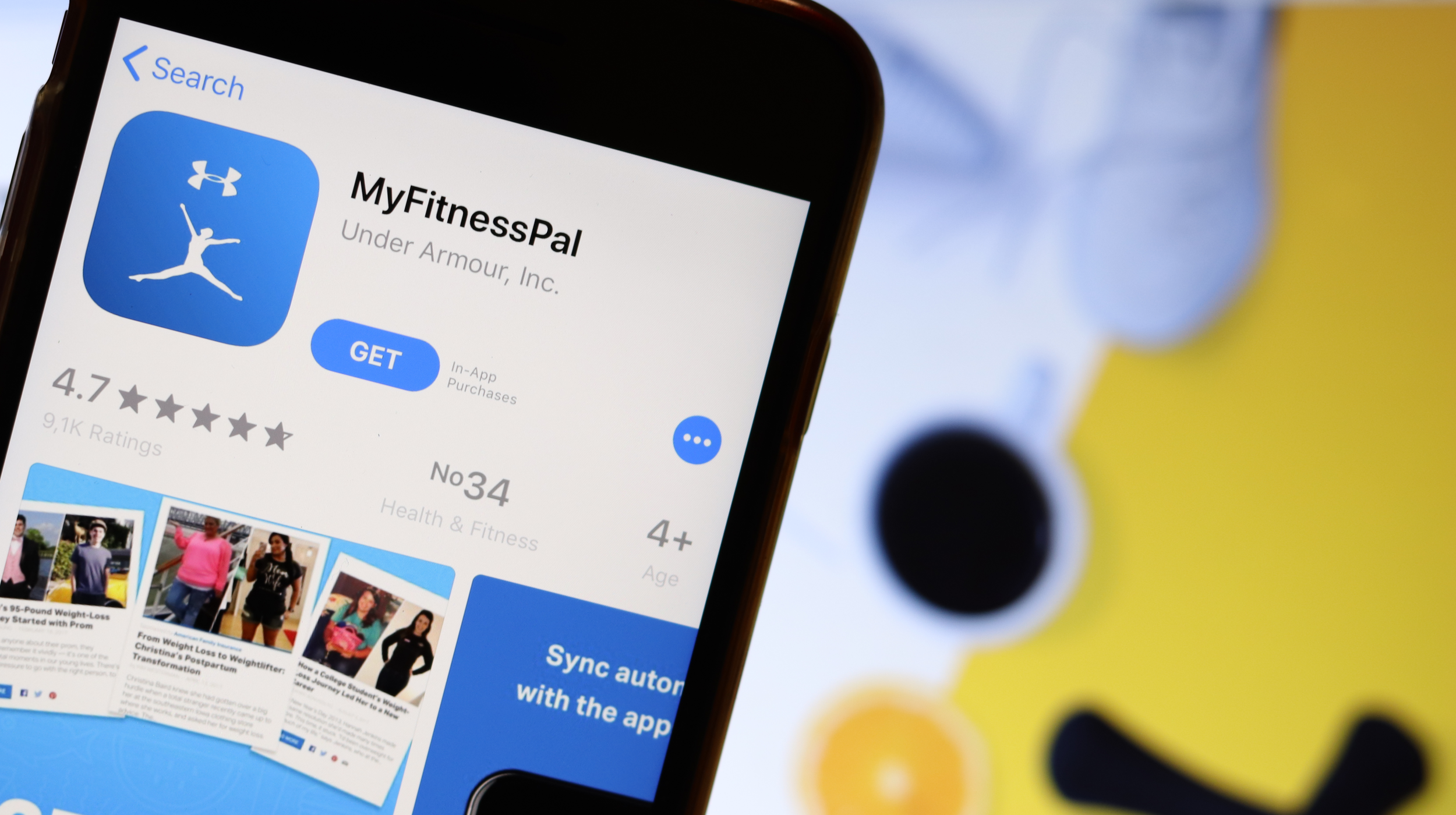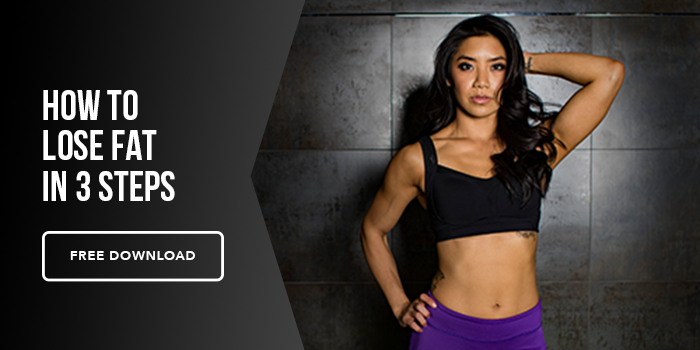Macro counting is one of the simplest, black and white ways of eating the appropriate levels of calories, proteins, fats and carbs. It can help you reach your fat loss or muscle gaining goals but it still poses many challenges. Some people can dive right into macro counting with a good macro counting app and have no issues, while others find the constant counting, structure and guidelines a pain in the butt. Some people may even find that counting macros encourages them to strengthen or create bad eating patterns or develop a poor relationship to food.
For example: Counting macros can sometimes send the signal that macros are ALL that count when it comes nutrition. When this happens, people work hard figure out all kinds of crazy ways to fit junk food or “unhealthy” foods into their daily diets. Just because something fits your macros doesn’t mean it’s a great choice.
If macro counting is too structured or rigid, or if you find that macro counting is leading you towards an unhealthy relationship to food, keep reading. In this article, I will give you some initial non-macro counting steps that many of my clients have followed with great success.
Add food
Years ago, I tried something with my clients that was truly counterintuitive. I had my clients who wanted to lose fat ADD food to their diets rather than take food away. Sounds crazy at first, but it works and it makes perfect sense when you stop to think about the psychology of our relationship with food.
After about 10 years of working in the fitness space, I had a tough self-reflection event. One day, I was going through my client files and something became painfully clear. I got most of my clients to lose weight, but very few of them actually kept the weight off successfully. Most of them gained the weight back and many would just start the weight loss cycle all over again.
My initial thought was “They just lacked discipline and motivation. I need to figure out how to keep them motivated and inspired.” Then something clicked for me. I realized that motivation was a FEELING. Not so different from happiness, sadness, anger or any other feeling. NO feeling is with us forever. As much as we would love to feel super happy all the time, life just doesn’t work that way. We are supposed to experience a wide variety of feelings. That’s when it all made sense. Discipline is what we need when we aren’t feeling motivated, but discipline will ALWAYS eventually give way. Willpower is literally FIGHTING with yourself. What a miserable way to live. Of course my clients were failing.
This is when I made a small but VERY impactful and powerful change. Instead of having clients immediately restrict their diets, which is always a challenge of willpower, I had them ADD certain healthy foods to their diets. Adding healthy foods provides a totally different feeling and experience. Why not focus on adding vegetables, water and some good proteins to their daily diets? It worked. My clients followed my advice and they started NATURALLY removing certain “unhealthy” foods, without any prompting. When you are aiming to eat a large bowl of cooked veggies and proteins, you find that you have less room for other foods. When you are aiming to drink half to a gallon of water a day, you naturally drink less soda and juice.
Start slow with this technique. I suggest adding something small to your diet. Cooked fibrous non-starchy vegetables is a great first step. A close second is to add lean proteins to your diet in the form of whole natural foods (not protein powders or bars). Aiming for half to a gallon of water is also a great step. Add one of those things to your diet and make sure you hit your targets every single day and it’s likely that other changes will happen as a natural side effect.
Eliminate Heavily Processed foods
When it comes to fat loss you absolutely MUST consume less calories than you burn. This is a rule of physics. In other words, regardless of whatever diet you follow, if you overeat you will gain body fat. That being said, it’s far easier to overeat on some diets while other diets naturally make you want to eat less.
Studies are now making one thing crystal clear; heavily processed foods make us eat more. A lot more. They are explicitly designed to do so. Heavily processed foods come in wrappers and boxes, are sometimes frozen and they all have a long shelf life. In addition, they usually contain many ingredients. Think chips, crackers, cookies, and frozen pizza.
The vast majority of a heavily processed food company’s research and development budget goes into making their foods as palatable as possible. Palatability refers to the hedonistic qualities of a food (how amazing a food tastes and the experience of eating it). Studies show that people will automatically eat between 500-600 calories EXTRA every single day when they consume heavily processed foods. On the flipside, AVOIDING heavily processed foods usually results in the opposite.
If you get rid of heavily processed foods and do NOTHING ELSE, you will likely eat less food and lose body fat. It’s a great black and white first step.
Eat ¼ less than normal
Another option is to not to change your food choices but simply eat less. Every time you make yourself a plate or you eat a meal ask yourself the following question, “how much would I normally, honestly eat?” Then just eat ¼ less than that.
In order for this to work, you have to be brutally honest. You know yourself better than anyone. Eating ¼ of the food you normally eat should result in a decent caloric drop. In my experience, this approach usually results in a respectable weight loss over the course of a few months.
You don’t have to count macros in order to get to your goals. Although macro counting is a great tool, it’s not absolutely necessary and, if you know it will make your goal HARDER to accomplish either in the short term or the long term, don’t do it. Listen to your body and mind and see if one of the suggestions above works better. One thing is for sure - when it comes to fat loss and dietary changes - slow and steady wins the long race. Take your time, be patient and kind to yourself and take it one step at a time.






